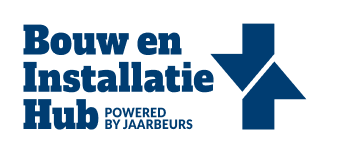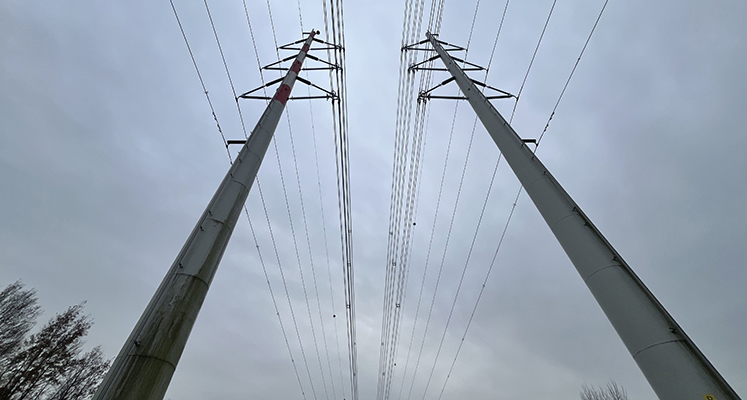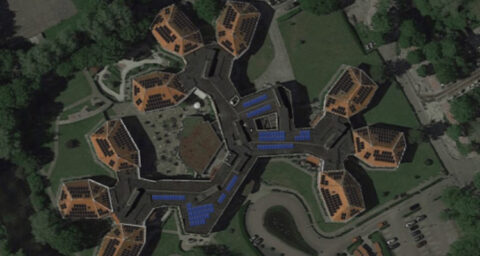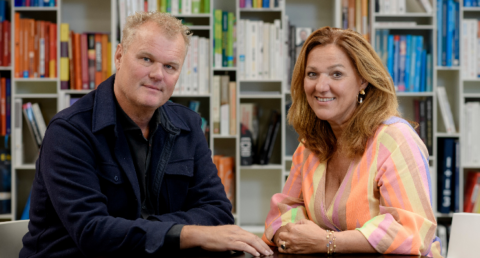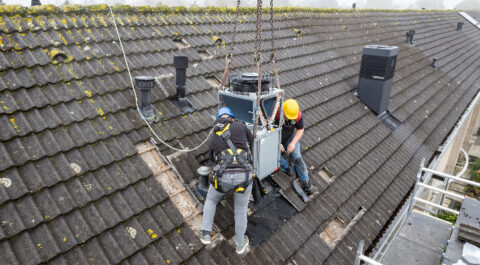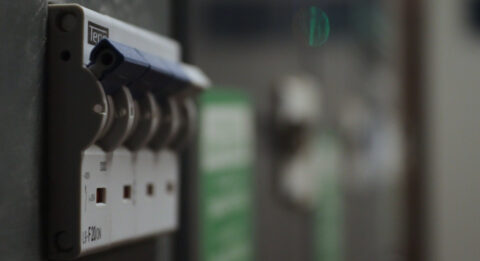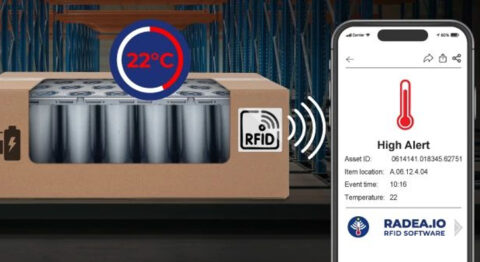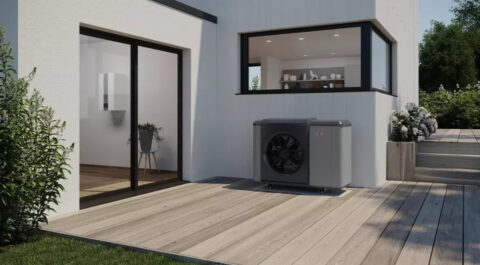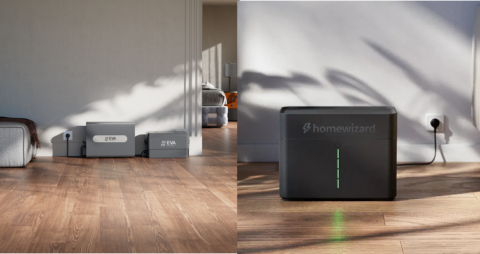The power grid squeaks and creaks on all sides. Increasingly, connections are no longer available for businesses or new homes, or an existing connection cannot be upgraded. The cause is grid congestion. In frighteningly many places, the maximum transmission capacity has been reached. How did it come to this, what are the consequences and can anything still be done about it?
Once upon a time, the electricity grid could well be compared to a one-way street, and that is primarily what it was designed for. The power generated by a power plant was distributed through a network of overhead and underground lines until it finally arrived "through the front door" in a home or business and could be further distributed through the meter box. The power thus flowed in one direction, from source to destination.
Current in two directions
This situation is now obsolete. After all, traffic today goes in two directions. In addition, the power demand has greatly increased and is still increasing at a rapid pace. And that while the network is barely adapted to this new situation. The supply and demand for power is also increasing much faster than the pace at which the national grid can be expanded and modernized.
The reason for the two-way traffic is that nowadays other parties also supply power to the grid. More and more solar farms and wind farms are being added, and both consumers and businesses can feed the power from solar panels that they themselves do not (immediately) need into the grid. This creates additional congestion, causing grid congestion more often and in more places.
Imbalance
An additional complication caused by renewable energy is that the times when power production is highest often do not match the times when the need for power is greatest. This imbalance in supply and demand in turn creates new problems, such as overloads, blackouts and other failures. As a result, the power grid becomes less reliable than we are used to.
Additional power requirements
Companies and households are eagerly participating in the energy transition, switching en masse from fossil fuels such as coal, gas, gasoline and diesel to renewable forms of energy. This has unexpectedly gained momentum due to recent wars and the resulting rapidly rising energy prices. For example, central heating boilers are being replaced by heat pumps and consumers and businesses are switching more frequently to electric vehicles. More and more electrification is taking place, resulting in an ever-increasing demand for electricity, and this will certainly not diminish in the coming years.
Grid congestion
All in all, the electricity grid is completely clogging up and insufficient transmission capacity is available in more and more places in the Netherlands. Netbeheer Nederland' s capacity map speaks volumes in this regard.
In large parts of the country there is now grid congestion or the threat of a capacity problem. As a result, new connections are not possible in more and more places. As a company, do you need a heavier connection, or as a private individual, do you want to expand from 1-phase to 3-phase? The question is whether capacity is available, let alone when it will be your turn, because there are long waiting lists. Furthermore, large consumers are increasingly facing restrictive measures in areas of grid congestion.
Doing more with the same thing
The solution? Modernizing and expanding the power grid is much needed. Unfortunately, that does take many, many years. Not only the actual realization, but also things like permits and freeing up space. Until then, we will therefore have to put on quite a few band-aids. We have to be smarter about what we do have left.
The currently (remaining) grid capacity must be distributed as well as possible, and in addition, it is essential that supply and demand be better matched. Grid congestion, for example, does not mean that the power grid is constantly, i.e. around the clock, overloaded. There are strong peaks and deep valleys. Therefore, the main issue is to smooth out the peak moments by making better use of the troughs. This creates the much-needed stretch with which we can last a little longer.
